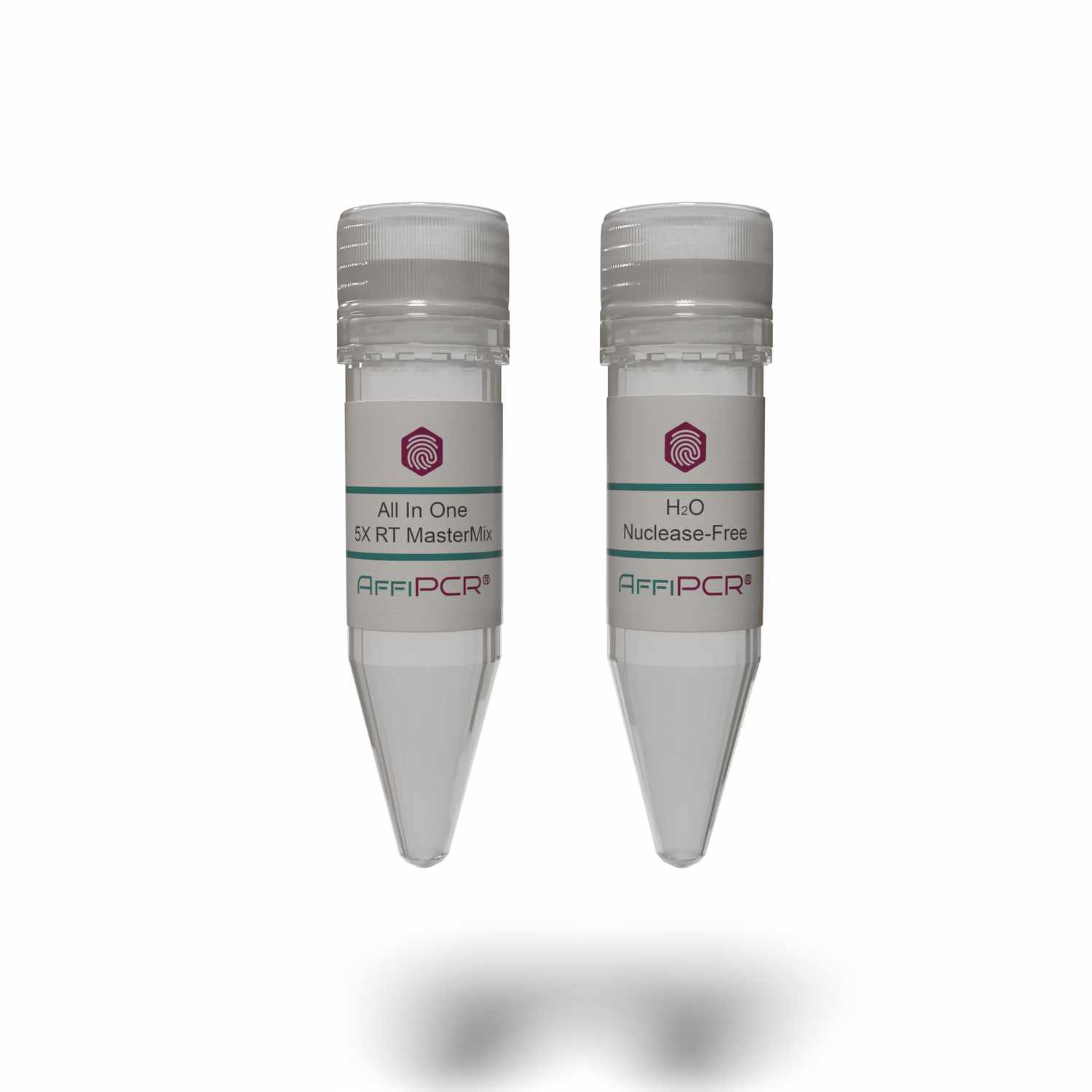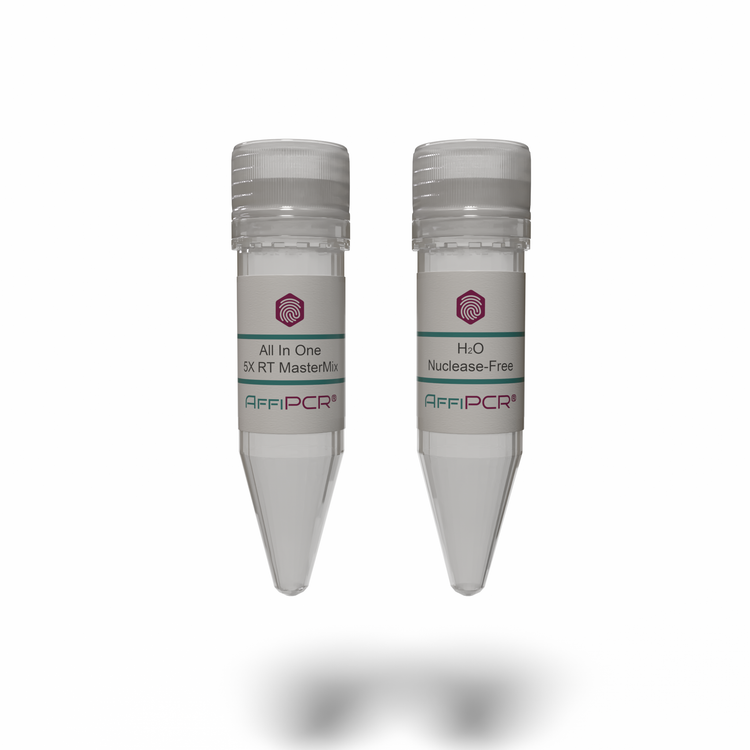The Challenge of Genomic DNA Contamination in cDNA Synthesis: Strategies and Solutions
In the realm of molecular biology, unraveling the intricacies of gene expression is paramount to understanding cellular processes, disease mechanisms, and therapeutic targets. Central to this pursuit is the accurate synthesis of complementary DNA (cDNA) from RNA templates, a process crucial for downstream applications such as quantitative PCR (qPCR), gene expression profiling, and functional genomics studies. However, a pervasive challenge looms over this process: the presence of genomic DNA (gDNA) contamination.
The Peril of Genomic DNA Contamination
Genomic DNA contamination poses a significant threat to the integrity and accuracy of cDNA synthesis. Unlike RNA, which is the primary template for cDNA synthesis, gDNA shares the same genetic material but lacks the splicing and polyadenylation features characteristic of mRNA. Consequently, inadvertent inclusion of gDNA in cDNA samples can lead to erroneous interpretation of gene expression levels, false-positive results in qPCR assays, and misidentification of transcriptional events.
Sources of Contamination
Genomic DNA contamination can arise from various sources throughout the experimental workflow, including:
Sample Preparation: Inadequate RNA extraction methods or incomplete removal of genomic DNA during RNA purification can result in contamination of RNA samples with gDNA.
Reverse Transcription: Inefficient removal of gDNA during reverse transcription can lead to its inadvertent incorporation into the cDNA pool.
PCR Amplification: Subsequent PCR amplification steps may further propagate gDNA contamination if not properly addressed, compounding the issue in downstream analyses.
Mitigating Strategies
Addressing genomic DNA contamination in cDNA synthesis requires a multifaceted approach, incorporating stringent experimental protocols, enzymatic treatments, and quality control measures:
RNA Extraction Protocols: Employ robust RNA extraction methods that effectively eliminate genomic DNA contamination. Use commercially available kits with integrated gDNA removal steps or perform additional DNase treatment during RNA purification.
DNase Treatment: Incorporate DNase treatment into the cDNA synthesis workflow to specifically degrade residual genomic DNA present in RNA samples. Ensure sufficient incubation time and optimal DNase concentration to achieve complete removal of gDNA.
gDNA Removal Enzymes: Utilize specialized gDNA removal enzymes or master mixes formulated with integrated gDNA removal capabilities. These enzymes selectively degrade genomic DNA while preserving RNA integrity, ensuring clean cDNA synthesis.
Quality Control Measures: Implement rigorous quality control steps, such as gel electrophoresis or qPCR assays targeting genomic DNA-specific regions, to assess the efficacy of gDNA removal and confirm the purity of cDNA samples.
Looking Ahead: Future Perspectives
As technologies evolve and methodologies advance, the challenge of genomic DNA contamination in cDNA synthesis continues to be addressed through innovative solutions. Emerging techniques, such as single-cell RNA sequencing and droplet-based assays, present new opportunities and challenges in managing gDNA contamination, necessitating ongoing vigilance and adaptation in experimental practices.

|
AffiPCR® All In One 5X RT MasterMix With gDNA Removal CAT# AFG-BMG-3357 |
Conclusion
Genomic DNA contamination poses a formidable obstacle in cDNA synthesis, undermining the accuracy and reliability of gene expression analyses. By adopting comprehensive strategies for gDNA removal and implementing robust quality control measures, researchers can mitigate this challenge and unlock the full potential of cDNA synthesis for advancing scientific discovery and biomedical research.

